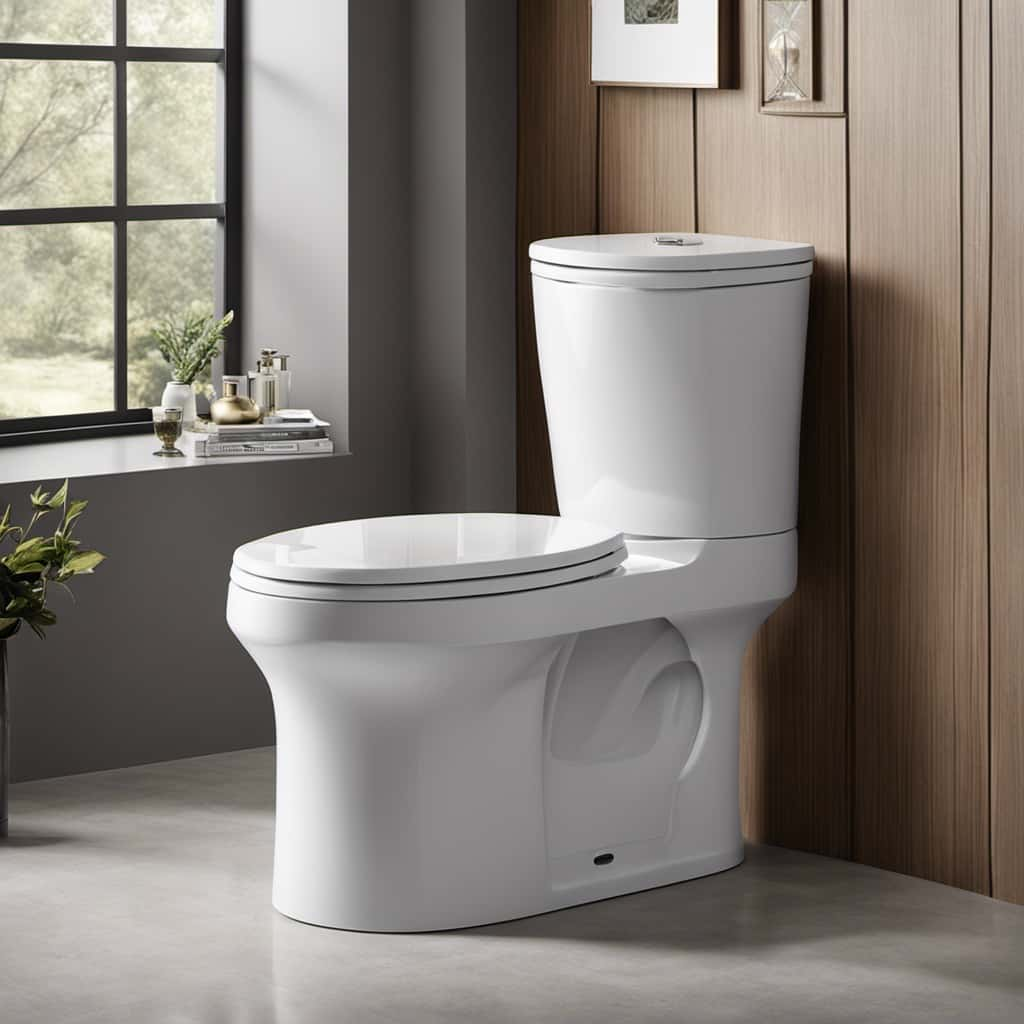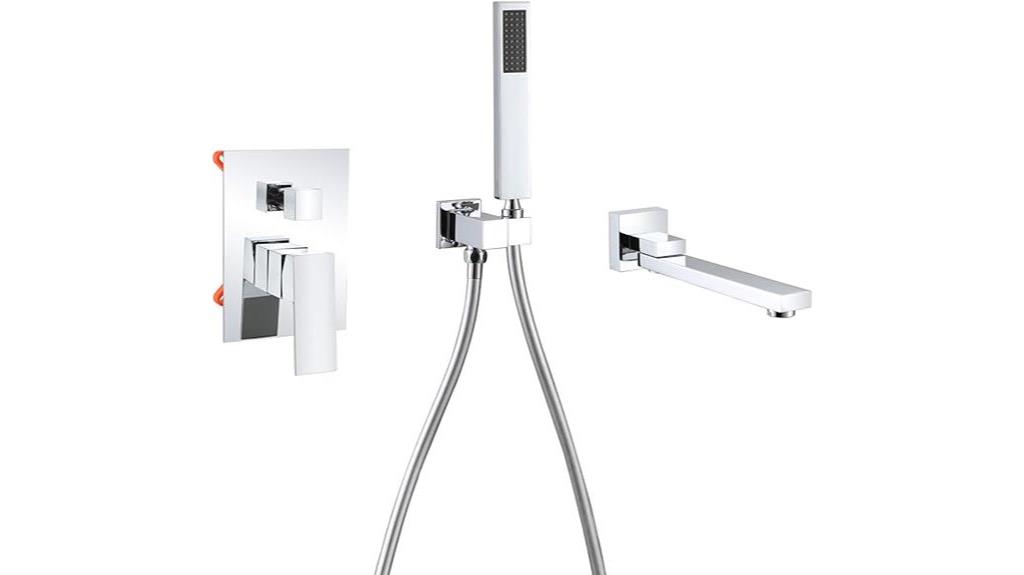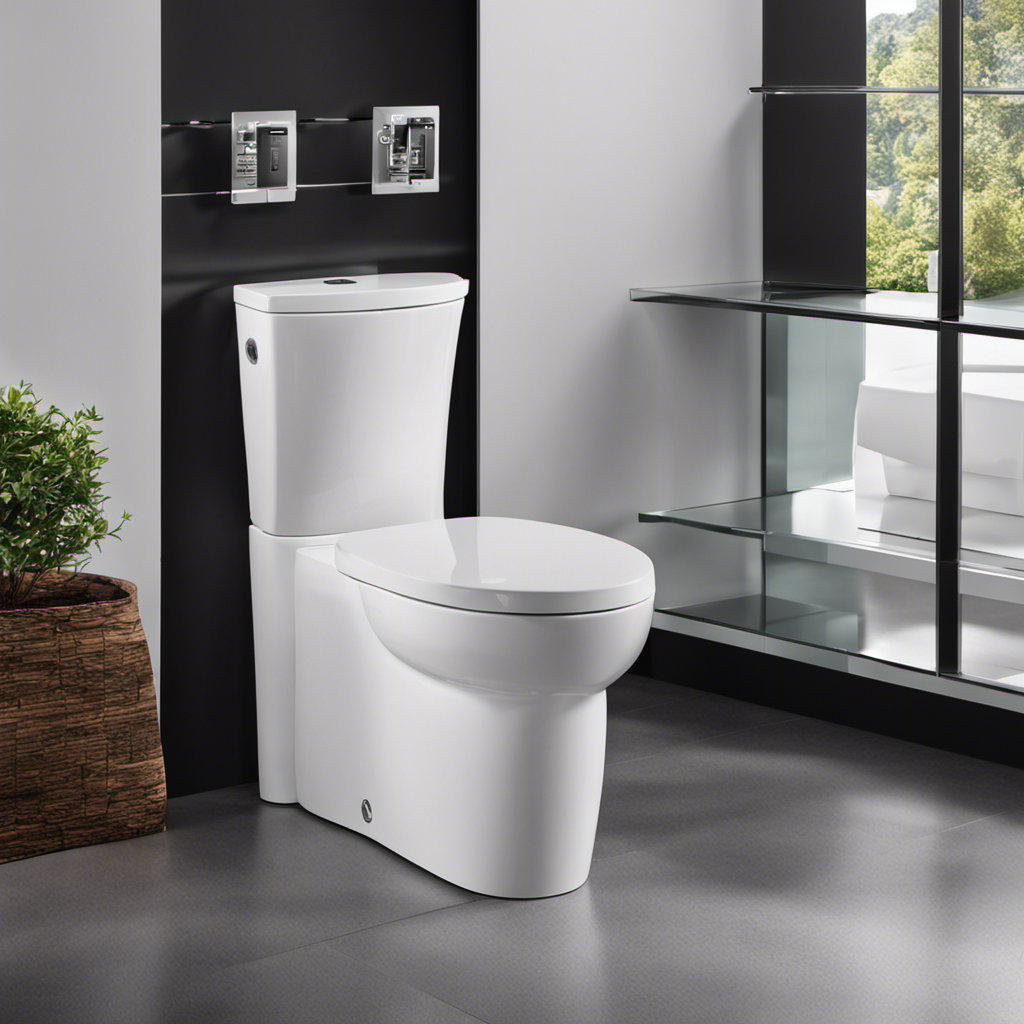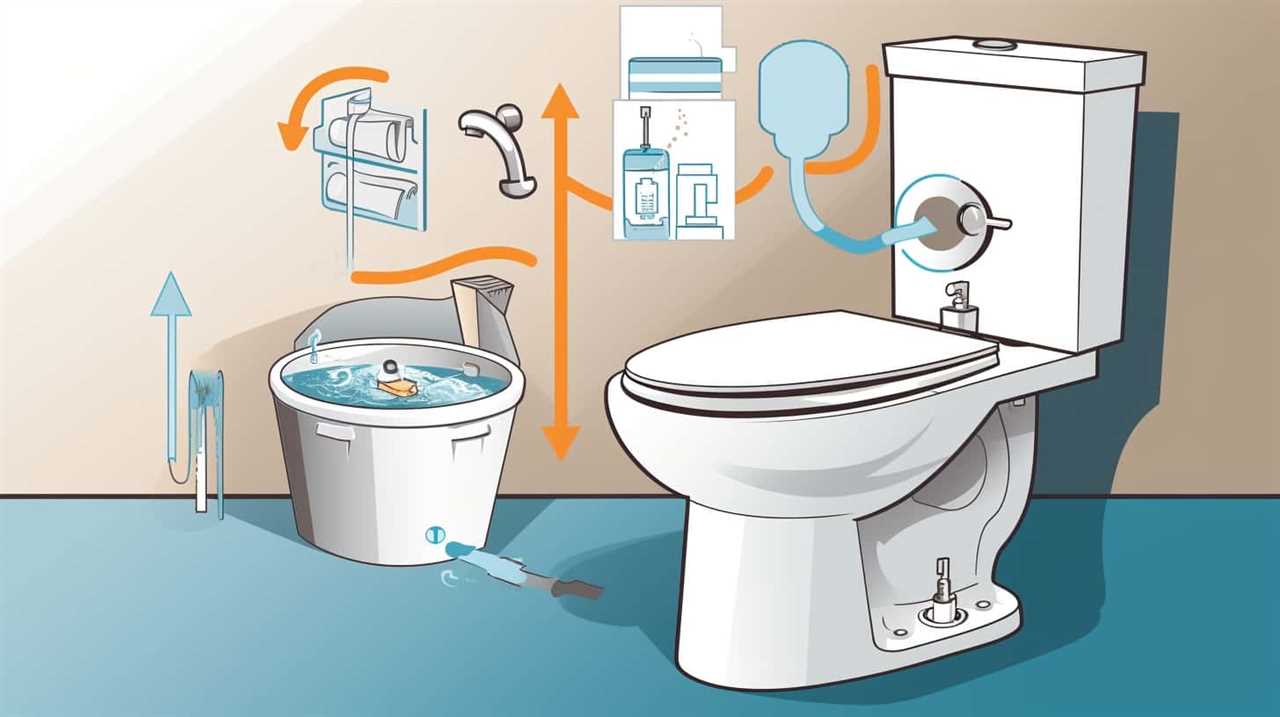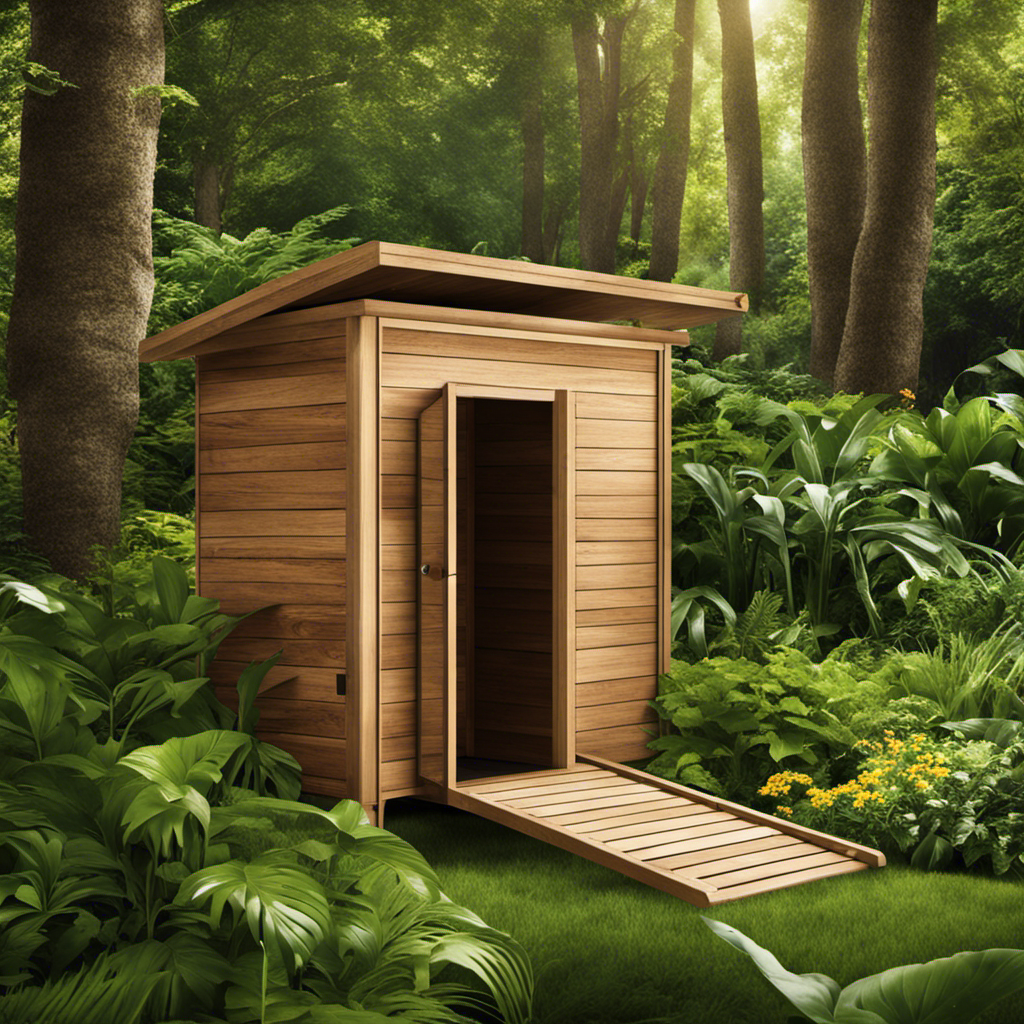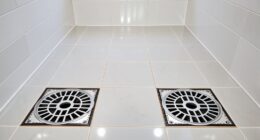Did you know that approximately 30% of toilet clogs result in water rising and overflowing?
Don’t panic! We’ve got you covered with this practical guide on what to do when faced with this messy situation.
In this article, we will provide step-by-step instructions for assessing the problem, stopping the water flow, unclogging the toilet, cleaning up the mess, and preventing future clogs.
Follow our expert advice, and you’ll be a toilet-clogging pro in no time.
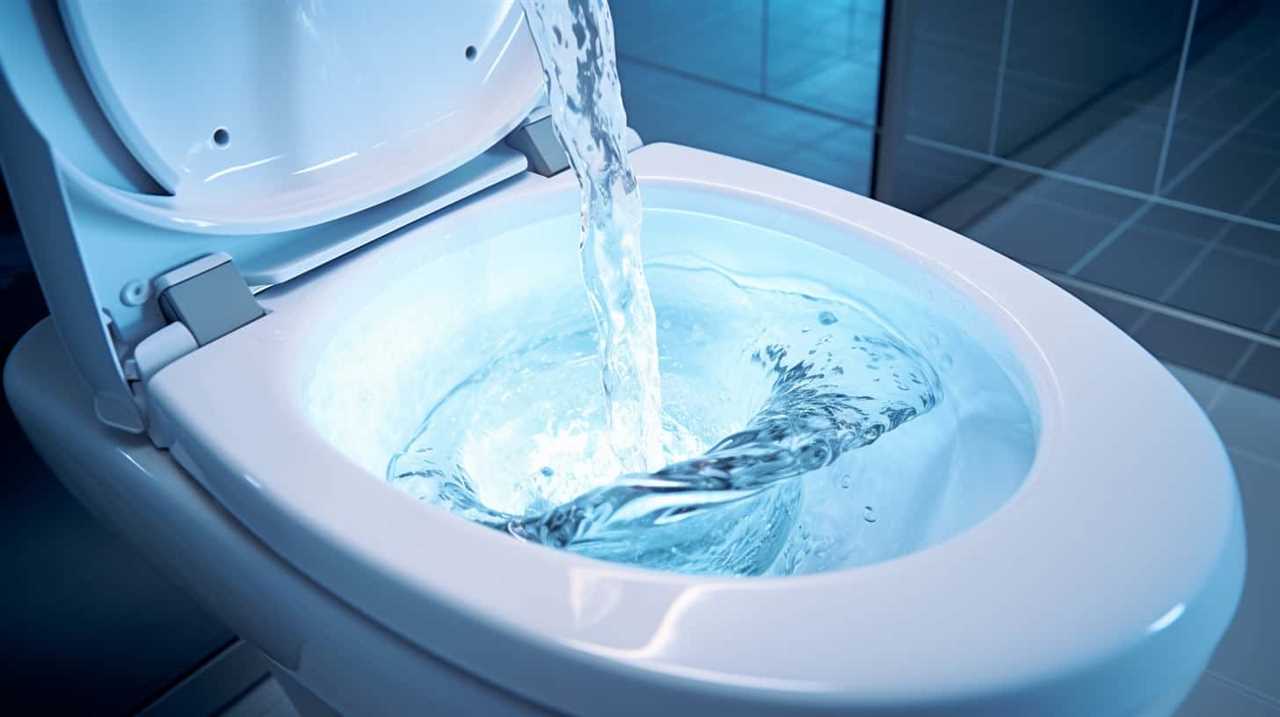
Key Takeaways
- Assess the situation and determine if the clog is severe or minor.
- Turn off the water supply valve to prevent overflow and minimize damage.
- Attempt to unclog the toilet using a plunger or simple home remedies.
- If the clog persists or the water continues to rise, call a professional plumber for assistance.
Assess the Situation
First, we need to examine the extent of the clog and the rising water levels in the toilet. Assessing the damage is crucial to determine the appropriate course of action.
Start by checking the water level in the bowl. If it’s close to overflowing, immediately turn off the water supply valve located behind the toilet. This will prevent further water from entering the bowl and causing more damage.
Next, inspect the clog itself. If it’s a minor obstruction, you may attempt to clear it using a plunger. However, if the clog seems severe or if plunging doesn’t work, it’s advisable to call for professional help. Plumbers possess the necessary expertise and tools to handle complex clogs without causing further damage to the plumbing system.
Stop the Water Flow
To prevent further water damage, we need to immediately stop the flow of water by turning off the supply valve behind the toilet. This valve is usually located on the wall near the base of the toilet. Turn it clockwise to shut off the water supply.
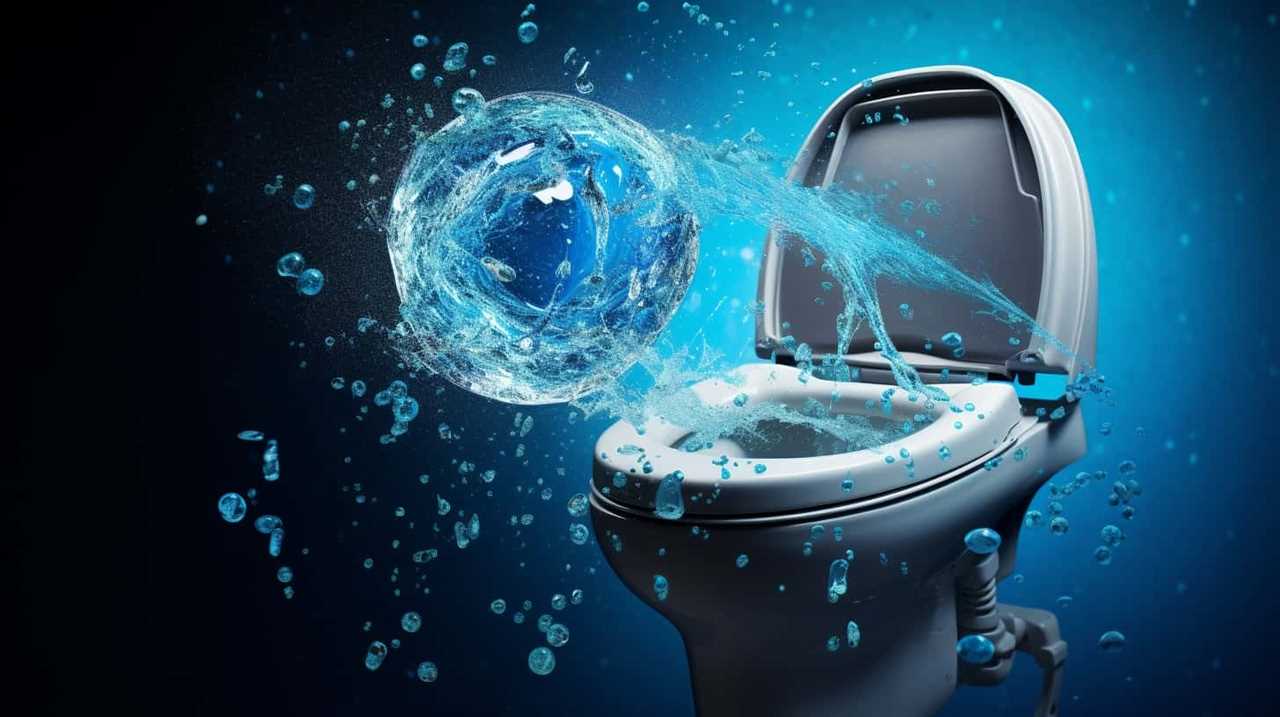
By stopping the water flow, you can prevent any additional water overflow and minimize the damage to your bathroom. It’s important to act quickly in this situation to avoid any potential flooding.
If you’re unable to locate the supply valve or if turning it off doesn’t stop the water flow, it may be necessary to contact an emergency plumber for further assistance.
Now that we’ve stopped the water flow, let’s move on to the next step, which is to unclog the toilet.
Unclog the Toilet
Now that we’ve stopped the water flow, let’s move on to the next step and tackle the task of unclogging the toilet.

There are a few effective techniques we can use to resolve this issue. First, let’s try using a plunger. Place the plunger over the drain hole and firmly push down, creating a seal. Then, vigorously plunge up and down for about 10 to 15 seconds. Repeat this process a few times until the water starts to drain.
If the plunger technique doesn’t work, don’t panic. There are some simple home remedies you can try. For instance, you can mix equal parts baking soda and vinegar, pour it into the toilet, and let it sit for about 30 minutes. Then, flush the toilet and see if the clog is cleared.
Clean up the Mess
After successfully unclogging the toilet, we need to address the task of cleaning up the mess. Here are four steps to follow for a thorough and efficient cleanup:
- Sanitize the bathroom:
- Begin by putting on a pair of gloves to protect your hands.
- Use a disinfectant cleaner to thoroughly clean the toilet bowl, seat, and surrounding areas.
- Pay special attention to any areas that may have come into contact with the clogged water.
- Clean the floor:
- If any water or debris has spilled onto the bathroom floor, use a mop or absorbent towels to clean it up.
- Make sure to disinfect the affected area to prevent the spread of germs.
- Dispose of waste properly:
- Double-bag any soiled towels, wipes, or gloves and place them in a sealed trash bag.
- Dispose of the bag in an outside trash bin to minimize odors and prevent contamination.
- Consider calling a plumber:
- If the clog was severe or if you’re unsure about the underlying cause, it may be wise to call a professional plumber.
- They can inspect the plumbing system and provide necessary repairs or maintenance to prevent future clogs.
Prevent Future Clogs
To prevent future clogs, we should regularly maintain our plumbing system and take proactive measures to avoid blockages. By implementing a few simple maintenance tips and being aware of common causes, we can significantly reduce the risk of clogging our toilets.
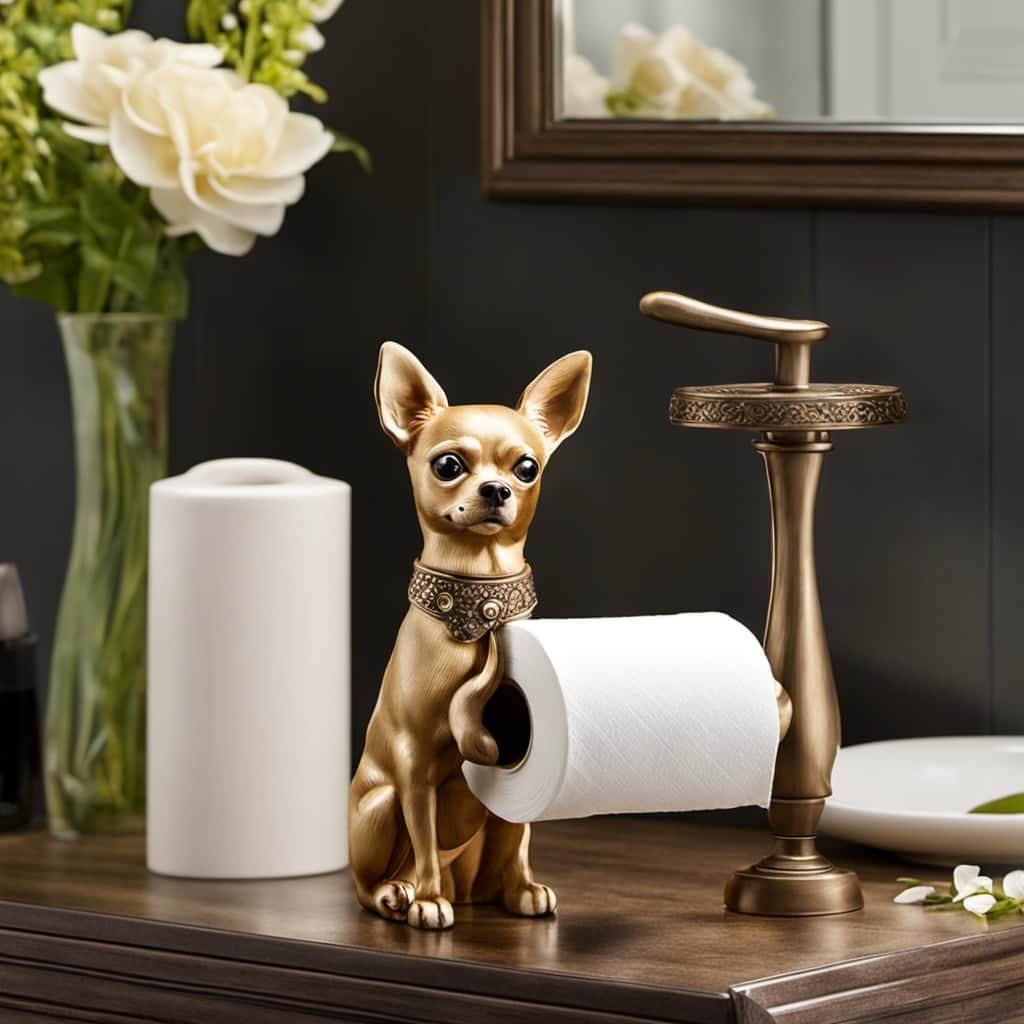
| Maintenance Tips | Common Causes |
|---|---|
| Avoid flushing excessive toilet paper or feminine hygiene products down the toilet | Flushing foreign objects like toys, wipes, or dental floss |
| Use a plunger or drain snake to remove minor clogs before they escalate | Accumulation of hair and soap scum |
| Regularly clean the toilet bowl and tank to prevent build-up of mineral deposits and bacteria | Old or inefficient plumbing systems |
| Install a toilet paper holder that dispenses a controlled amount of paper | Tree root invasion into sewer lines |
Frequently Asked Questions
How Can I Determine if the Clog Is Caused by a Foreign Object or Excessive Toilet Paper?
To determine the cause of a clog, we inspect for foreign objects or excessive toilet paper. When the water level is high, we can use a plunger to dislodge the obstruction and restore proper flow.
Can I Use a Plunger if the Water Level Is Already Very High?
If the water level is already very high, using a plunger may not be effective. Instead, try using alternative methods like a plumbing snake or calling a professional for help.
What Should I Do if the Water Doesn’t Stop Flowing After Turning off the Water Supply?
If the water won’t stop flowing after turning off the supply, we need to act fast. First, focus on preventing water damage by using buckets or towels. Then, call a plumber to assess if the clog is in the main sewer line.
Are There Any Household Items I Should Avoid Using to Unclog the Toilet?
When dealing with a clogged toilet, it is important to know which household items to avoid using for unclogging. Some examples include paper towels, cotton balls, and plastic objects, as they can worsen the clog. Effective unclogging methods include using a plunger or a toilet auger.
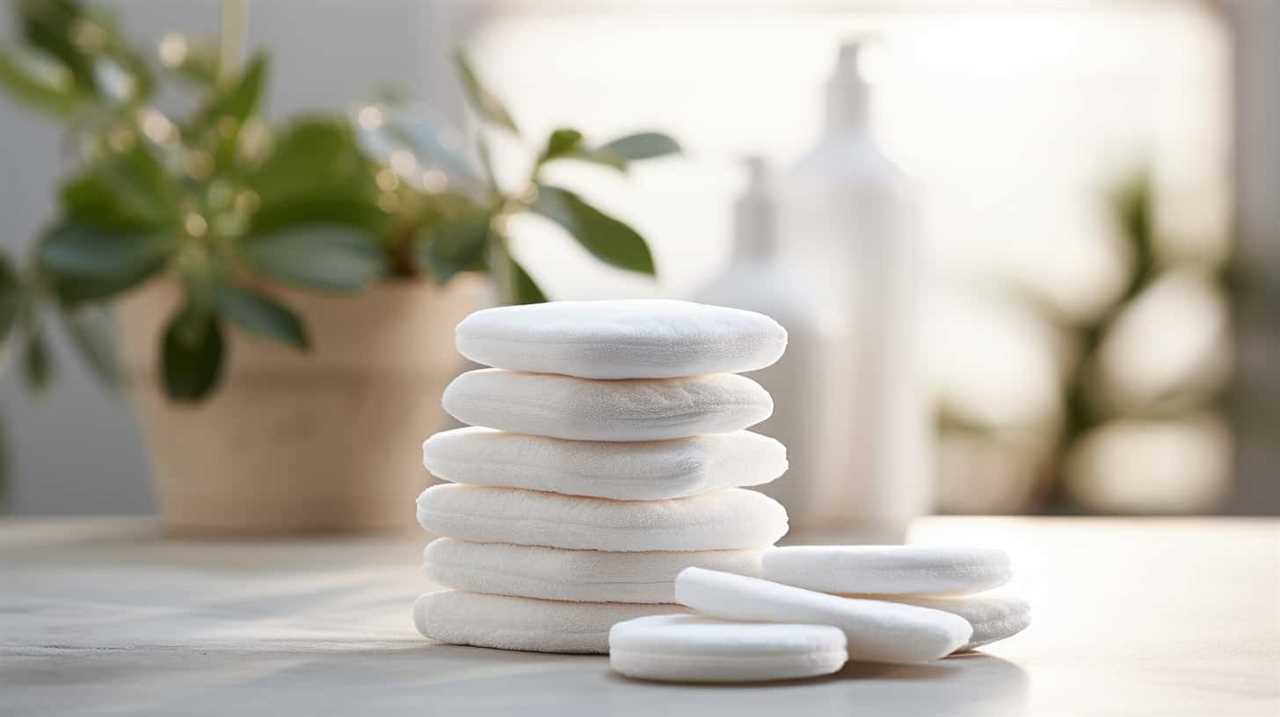
How Can I Prevent Clogs in the Future if My Toilet Tends to Clog Frequently?
To prevent future toilet clogs, we should be mindful of what we flush and avoid excessive toilet paper usage. Regular maintenance, such as using a toilet auger or vinegar and baking soda, can also help keep the pipes clear.
Conclusion
In conclusion, when faced with a clogged toilet and rising water, it’s important to act quickly to prevent any further damage. By assessing the situation, stopping the water flow, unclogging the toilet, cleaning up the mess, and taking preventive measures, you can effectively handle this unpleasant situation.
Did you know that according to a study, about 30% of toilet clogs are caused by excessive toilet paper usage? Being mindful of how much toilet paper you use can help prevent future clogs.
